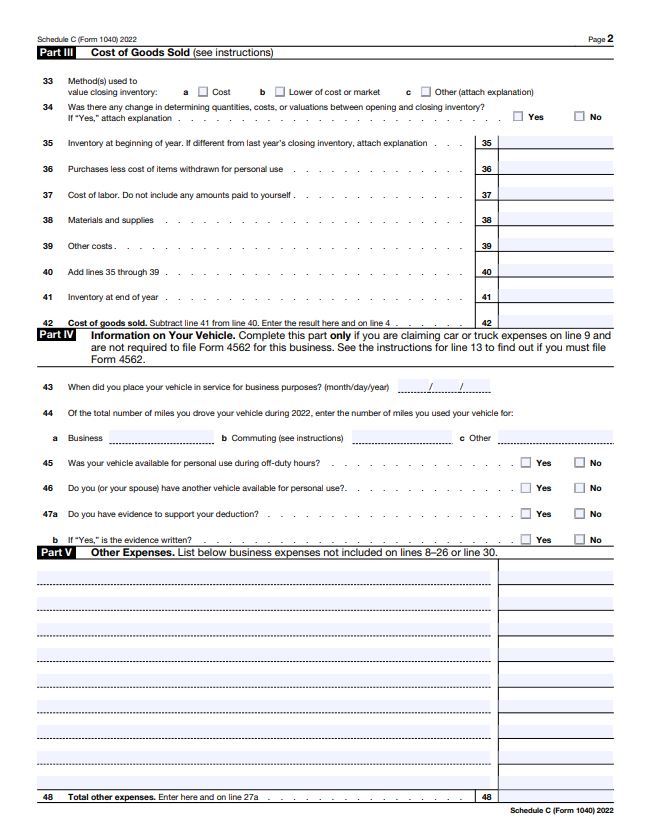Working from home can have many benefits, such as saving time and money on commuting, having more flexibility and autonomy, and enjoying a better work-life balance. However, it can also have some tax implications that you need to be aware of. One of them is the home office deduction, which can help you reduce your taxable income and save money on your taxes. In this blog post, we will explain what the home office deduction is, who can qualify for it, how to calculate it, and how to claim it on your Schedule C.
If you are self-employed and work from home, you may be able to claim the home office deduction on your Schedule C. This deduction allows you to deduct a portion of the expenses related to the business use of your home, such as mortgage interest, property taxes, utilities, repairs and maintenance.
To qualify for the home office deduction, you must meet two requirements:
- You must use a specific area of your home exclusively and regularly for your trade or business. This means that you cannot use the same space for personal or family purposes, such as watching TV or sleeping. The area can be a separate room or a clearly defined part of a room, such as a corner or a desk.
- You must use the area as your principal place of business, or as a place where you meet or deal with clients, customers or patients in the normal course of your business. If you have another location where you conduct substantial business activities, such as a store or an office, you may not be able to claim the deduction.
There are two methods to calculate the home office deduction: the simplified method and the regular method.
- The simplified method allows you to deduct $5 per square foot of your home office area, up to a maximum of 300 square feet. This means that you can deduct up to $1,500 per year without having to keep track of your actual expenses. However, you cannot deduct any depreciation or carry over any excess expenses to future years.
- The regular method requires you to keep records of your actual expenses and allocate them based on the percentage of your home used for business. For example, if your home office occupies 10% of your home, you can deduct 10% of your mortgage interest, property taxes, utilities, etc. You can also deduct depreciation on the part of your home used for business. However, this method is more complex and may trigger an audit if done incorrectly.
You can choose either method each year, depending on which one gives you a larger deduction. You must file Form 8829 with your Schedule C to claim the home office deduction. You should also keep records of your home office measurements and expenses in case the IRS questions your deduction.
